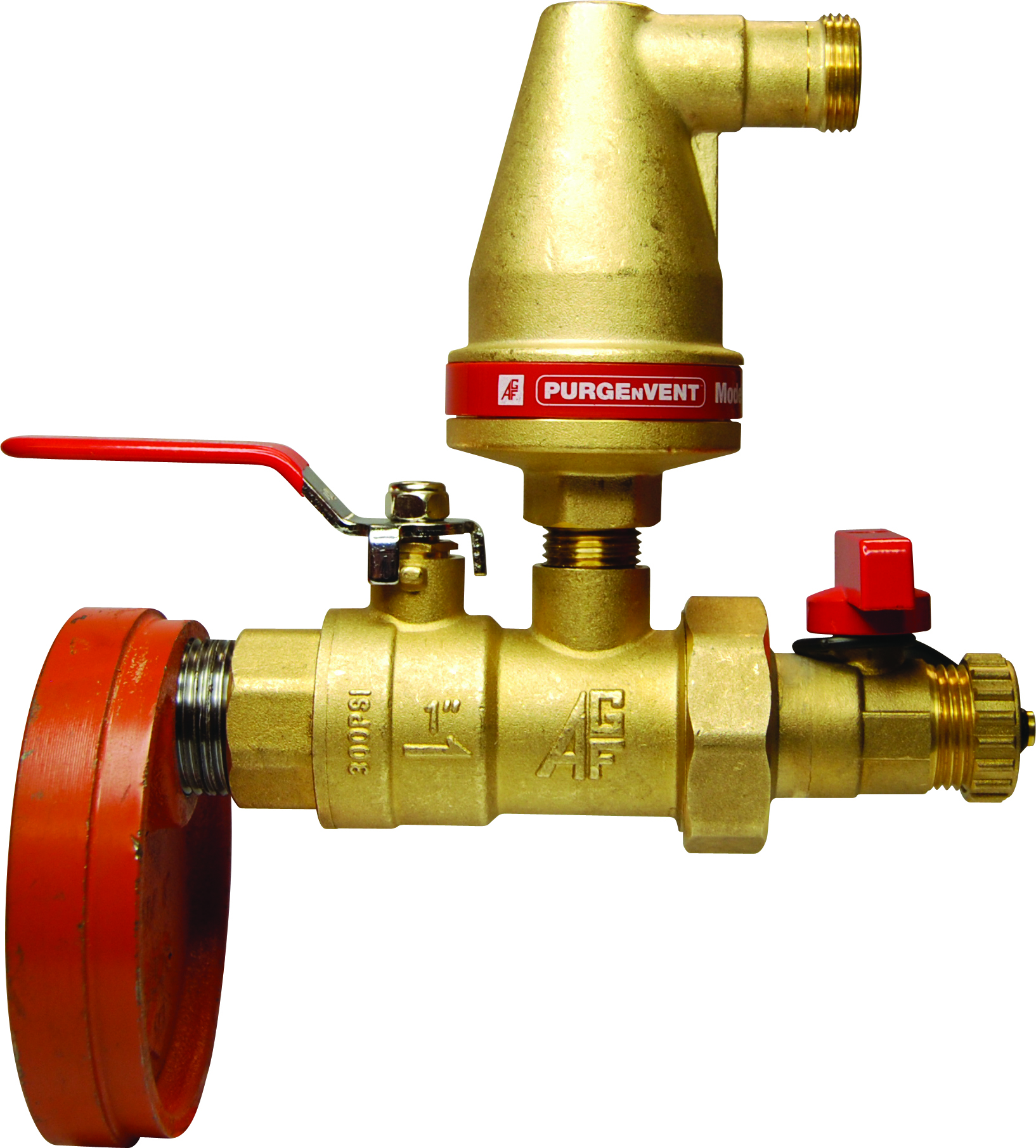Corrosion and Air Vents: NFPA 13 Code Requirements
![]() Continuing Education
Continuing Education
Use the following learning objectives to focus your study while reading this month’s Continuing Education article.
Learning Objectives - After reading this article, you will be able to:
- Recognize the intent of the new code change pertaining to air vents and corrosion in NFPA 13 2016 and 2019 editions;
- Define what is considered a system, and the number of air vents required by code;
- Identify the ideal placement of air vents in wet sprinkler systems and why inspectors' test valves are not ideal air vents; and
- Comprehension of products available in the market today, including air vents, corrosion monitors and their features.
This program will address technical changes specific to corrosion and air vents for the 2016 and 2019 editions of NFPA 13. The 2016 NFPA adds a new code requirement that a single air vent is installed for each wet sprinkler system to help reduce potential corrosion activity due to trapped air, and this requirement stays in the 2019 edition. A task group concluded venting the trapped air in a wet system can decrease water delivery time, reduce alarm ring delay, reduce water flow alarm cyclic ringing and reduce corrosion activity. Participants will understand the intent of the new code, design requirements and current air vents and corrosion monitors offered in the market. This program should appeal to sprinkler designers, installers, estimators, engineers, fire code officials, AHJs and plan reviewers.

Photo credit: Photo courtesy of AGF Manufacturing

|
Jim McHugh and his family have been involved in the fire sprinkler industry since the founding of AGF, and the introduction of the AGF TESTANDRAIN® valve over 30 years ago. Currently serving as president of AGF Manufacturing, Jim is responsible for the development, introduction and manufacturing of specialized valves and unique products specifically designed for the fire sprinkler industry. He is a member of NFSA, NFPA, SFPE, ASPE and AFSA. Jim is a strong proponent of domestic manufacturing and proudly promotes the fire sprinkler industry and continuing the tradition of service started by his father, George McHugh III. |
